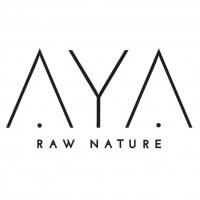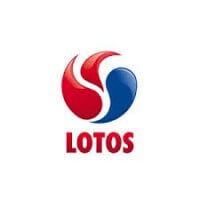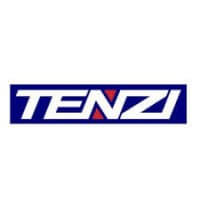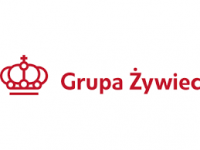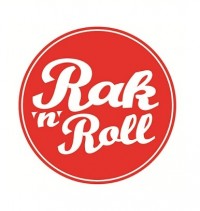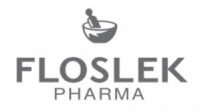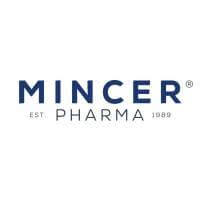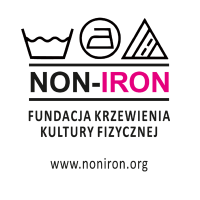Labels Lotos Oil

-
Sectors
chemistry
-
Product
adhesive label
-
Technology
digital print HP Indigo
-
Base
Paper
-
Refinements
UV lamination
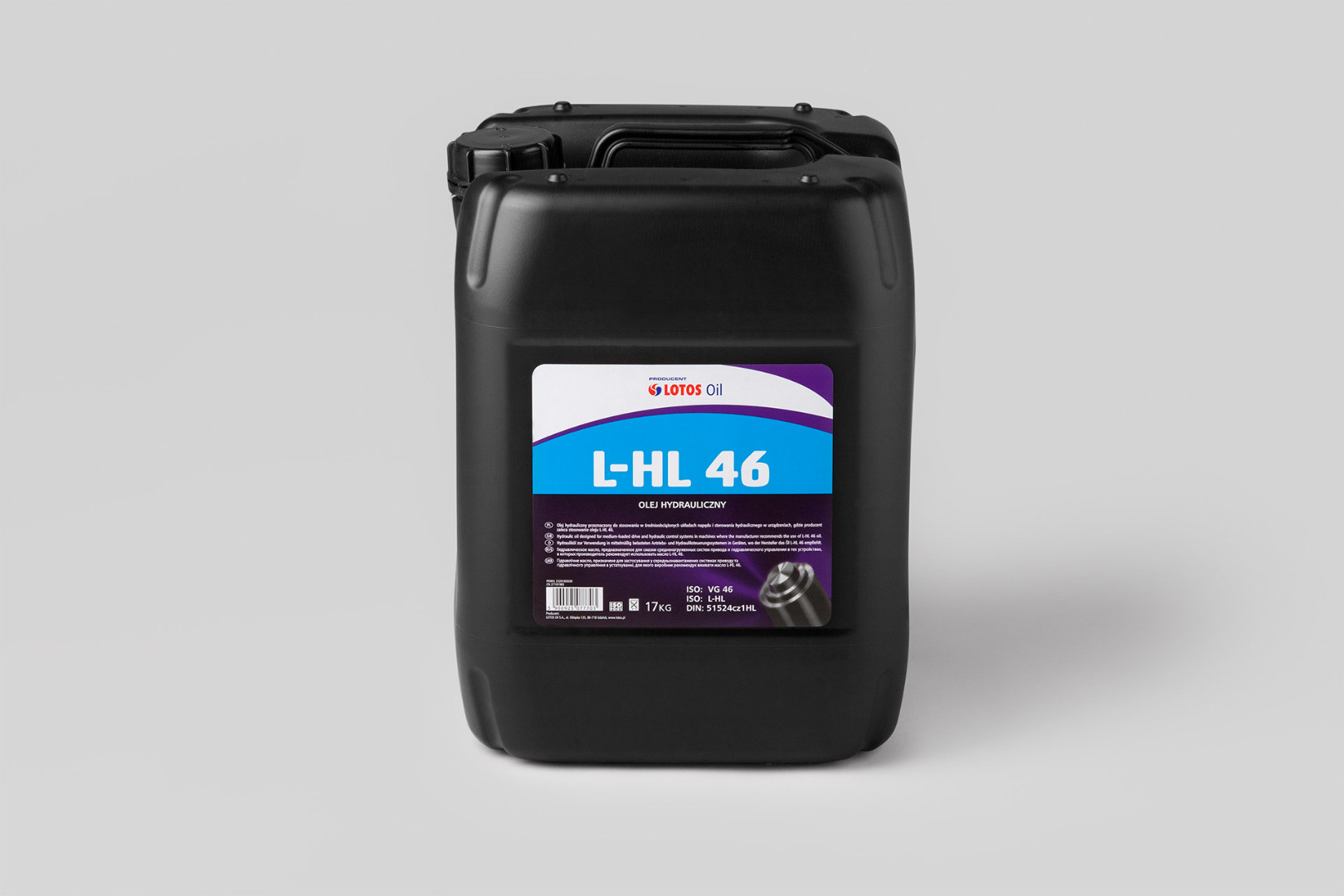
Making a high quality adhesive label for HDPE packages is not an easy task. It has to be a top quality product which adheres to the package in a durable and esthetic manner. It is also important that the print on the label is legible and does not wear off and fade.
Temperature should be used. Unfortunately, PE foil will not be an appropriate choice here.
Another decision – definitely more important in this case – is the selection of proper glue. We often hear of the rather simplified division into standard and strong glues, which is not exactly true. Producers of adhesive materials usually include in their offers several hundred different types of adhesives, and this amount combined with the multitude of printing substrates usually gives several thousand various constructs.
The basic rule we should follow is to use HDPE packages in combination with soft adhesives (the ones usually called strong, with high initial tack). Choosing this kind of glue will guarantee adequate initial tack (meaning the glue will “flow into” all micro-asperities of package surfaces). It is worth remembering that:
- Machine labelling yields much better results than manual method, as glues in adhesive materials are activated by pressure. It is important that the glue is activated throughout the entire label area and that it is done with sufficient pressure).
- Ambient temperature during application is crucial, as well as the temperature of components themselves (packages and labels), 18°C – 22°C is recommended.
- The best results are achieved if a minimum of 24 hours passes between labelling the packages and starting subsequent processes (e.g. filling the packages or exposing them to temperature changes by altering the storage site).
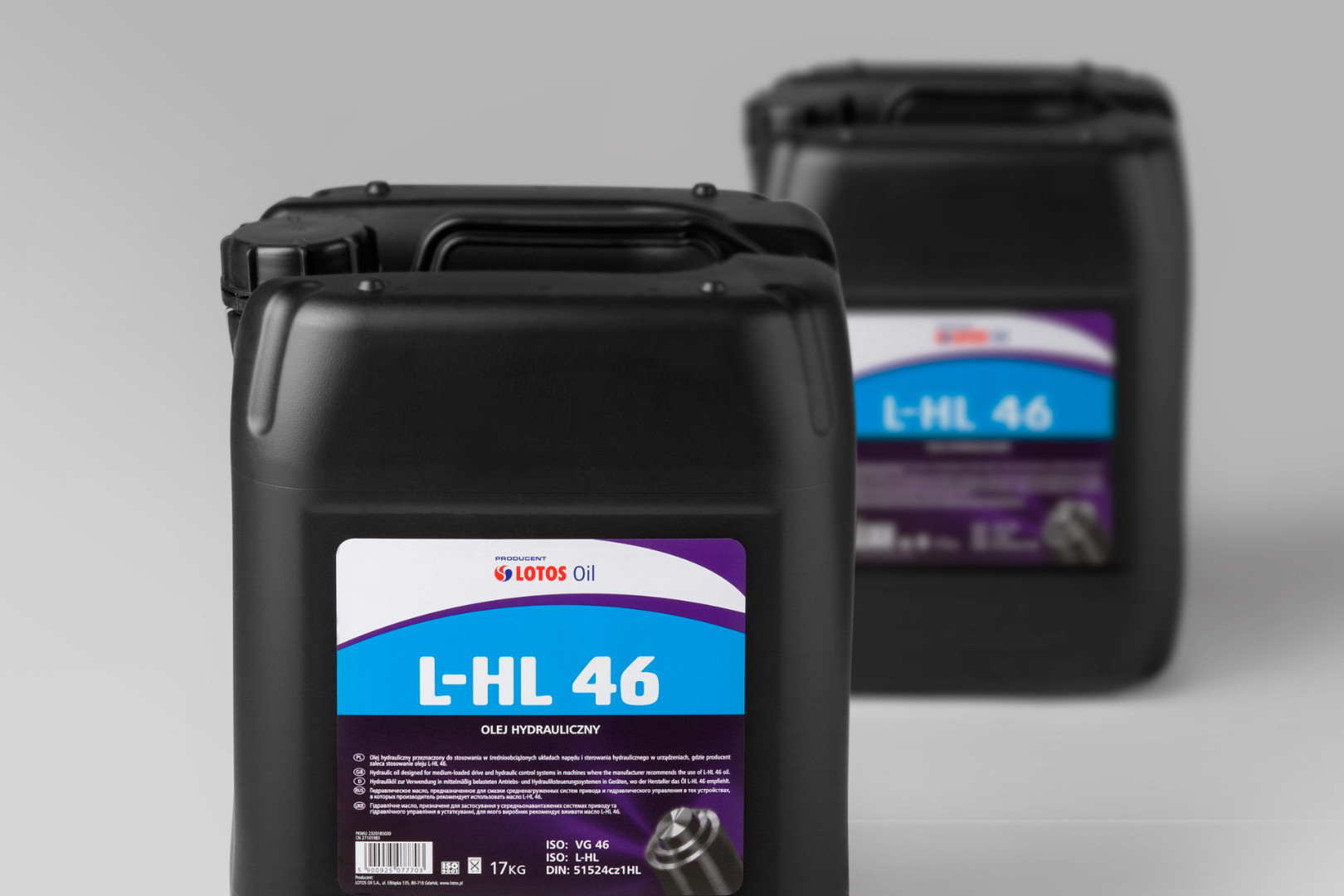
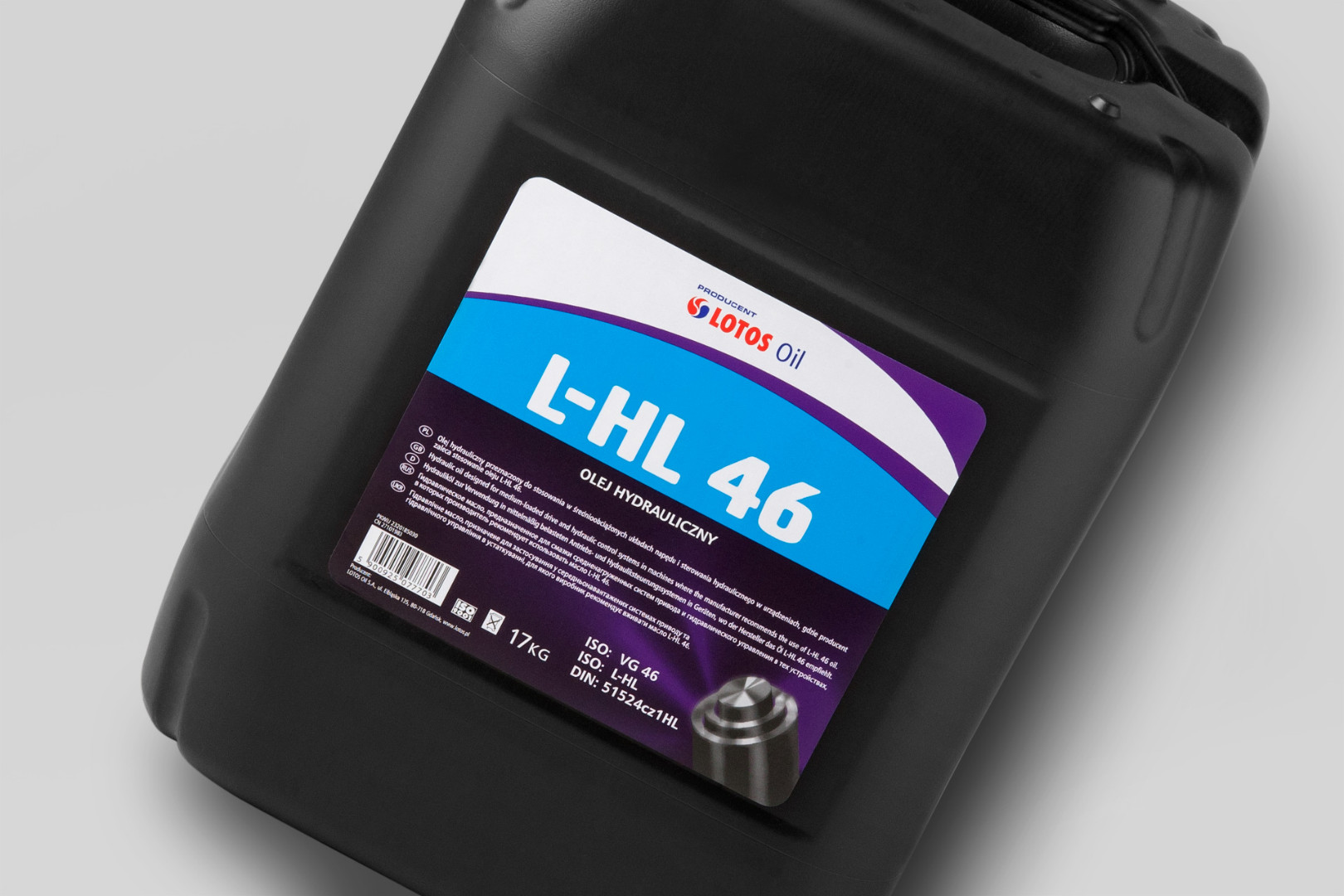
Print quality and durability
Another important aspect is the labels’ resistance to abrasion, flooding and mechanical damage. Our method for this kind of problems is lamination. A layer of thin protective foil is put on the printed label during this process. The foil in question is usually PP or PET, but more on that later. The basic division in case of laminates is dictated by the type of finish (shiny or matt) and the means of sticking to the material the labels are made of (adhesive laminates and laminates with added UV light-activated glue).
Whether the print on labels is varnished or laminated is very important when they are used on packages with high capacity (e.g. 10, 15 or 20 liters). Such packages usually “swell” after they are filled, their sides bulge and the packages come in contact with each other on the pallets. For this reason, unsecured labels for plastic containers are often damaged during transportation, scratches appear on them. Unfortunately, it usually happens in the central part of the label. Print lamination eliminates that problem completely.
What else can lamination influence in terms of label durability? Choosing the right laminate for the type of package and product has an impact on aesthetics and the way the package “ages”. A significant problem in case of merchandise put and stored outside is color fading. It concerns not only oils or technical substances stored at e.g. gas stations, but also plant protection products or construction chemicals. Such products are usually kept in direct sunlight and are at risk of mechanical damage.
Properly selected PET laminate, forming a barrier and significantly limiting the amount of light reaching the print through its layer, makes the print a lot more durable, the colors stay saturated, and the material itself does not yellow for many months.
Wrapping HDPE packages for oil or other chemical substances might not seem like an extensive subject. However, HDPE wrapping entails many problems which are impossible to describe in one note, so we sincerely urge you to ask questions, not only about selecting the right labels, but also machines and solutions for dosing, capping and labelling.


